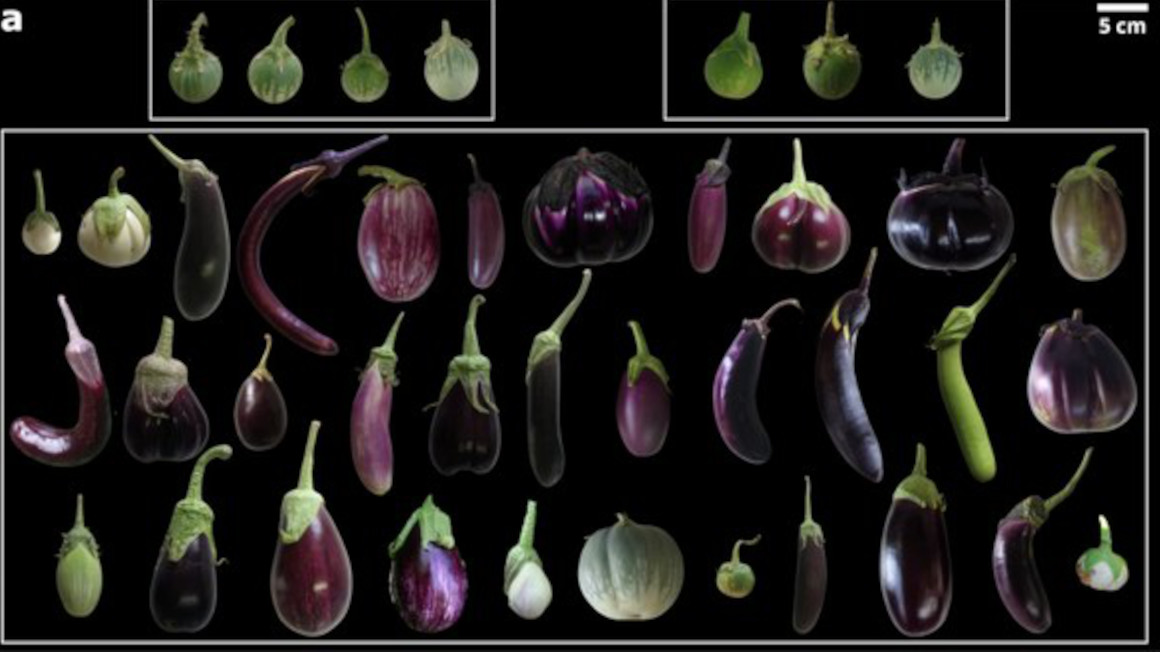
In many ways, rapeseed is a very special crop. For one thing, it is still relatively young - oilseed rape originated only about 1,000 years ago by a random cross between turnip (Chinese cabbage) and cabbage. On the other hand, with its 38 chromosomes Brassica napus has a very large and complex genome, with little of it known until a few years ago. Now, the yellow-flowering oilseed is used in many industrial areas, but there is a risk that today's rape varieties will soon no longer meet the harvest and environmental requirements.
Research network for more rapeseed diversity
Because of its versatile uses, rapeseed is now cultivated all over Europe and used – among other things – in human nutrition, animal feed or in the production of biofuel. In order to optimize and stabilize rapeseed breeding, seven breeding companies across Germany and seven research institutes have joined forces and are coordinated by Gunhild Leckband, Managing Director of NPZ Innovation GmbH, and Amine Abbadi in Holtsee. The research consortium, called Pre-Breed-Yield, was funded by the Federal Ministry of Education and Research (BMBF) from 2011 to 2015 with aproximately €4 million as part of the funding initiative „Pflanzenbiotechnologie der Zukunft“.
Bottlenecks in rapeseed breeding
Despite its large genome, today's rape varieties have very little genetic diversity. "This low diversity was created because breeders focused on two specific breeding goals," says Abbadi. On the one hand, the nutritionally questionable erucic acid should disappear from the rapeseed, and on the other hand, the content of glucosinolates in rapeseed meal should be reduced so that it is better suited for animal feeding. These two "breeding bottle necks" eventually led to genetic depletion. "Today, only the so-called 00 rape is cultivated in Europe. It contains no erucic acid and low glucosinulate," says Abbadi.
The goal of the research network: To create more genetic diversity in rapeseed breeding in order to be able to counteract current and future cultivation problems with new varieties. "We wanted to increase yields, increase tolerance to abiotic stressors such as dryness, and increase nitrogen efficiency," explains Abbadi.
Relationships of oilseed rape plants
The first step towards that goal was a large literature search. Old gene and databases were scoured and eventually collected about 1,500 different rapeseed lines, with some of their genetic profiles unknown.
"Subsequently, we reduced it to about 500 lines that were suitable for cultivation in Europe," says Abbadi. These 500 lines were then examined using molecular markers to capture their genetic diversity. So far, the available genetic information about oilseed rape has been very limited. Therefore, researchers compared family relationships between different rapeseed lines - a process called fingerprinting. Finally, the geneticists focused on 50 lines that nonetheless covered the entire genetic range of the original 1,500 lines.
Crossings generated 2,500 rapeseed families
"We then crossed every one of these 50 lines with the so-called elite line, which is already used in breeding," says Abbadi. A gigantic project: A total of 2,500 rapeseed families emerged from the crossbreeds. Afterwards, every genome had to be examined for their crop characteristics such as stress tolerance and nitrogen efficiency. "In hindsight, it was difficult to produce enough plant material and make it available to all breeders, and then provide meaningful data for all 2,500 families", says Abbadi.
A database for the research community
In addition, there were a number of other challenges to master: "Coordinating 14 project partners whose work builds on each other is not an easy task." The molecular analysis methods for the recombined genome segments were also had to be established first. Differences in single DNA building blocks between the lines, so-called single nucleotide polymorphisms (SNPs), were analyzed by means of genome sequencing of the 50 lines via genotyping chips. "The consortium co-developed this special chip. This also allowed us to determine which markers to analyze. "The biggest challenge, however, was data management. "All the partners needed access to all data at all times. This is how the Pre-Breed-Yield database came about," says Abbadi. By now, the database is accessible to the entire research community and is still being updated constantly.
More yield than the elite line
From the 2,500 rape families, in the end 1,000 families were selected based on the data of all project partners. These were in turn further crossed with a sterile maternal line to produce hybrids. "Most rape varieties used today are hybrids," explains Abbadi. "We wanted to use the so-called heterosis effect, which results in crossbred progeny being more productive than the parent plants." The resulting experimental hybrids were established by plant researchers at 12 different sites who also determined their yield. The result: They identified lines, which are even better in terms of yield and nitrogen efficiency than the original elite line. "These particularly productive rapeseed lines are now freely accessible to all breeders in Germany," says Abbadi.
Numerous successor projects
"We are very grateful for the support and funding by the BMBF," emphasizes Abbadi. "No one breeder could have managed such a project by themself." Following the example of the German large-scale project, numerous offshoots and continuations have since sprung up, optimizing rape seed for cultivation in North America, for example.
Author: Judith Reichel


